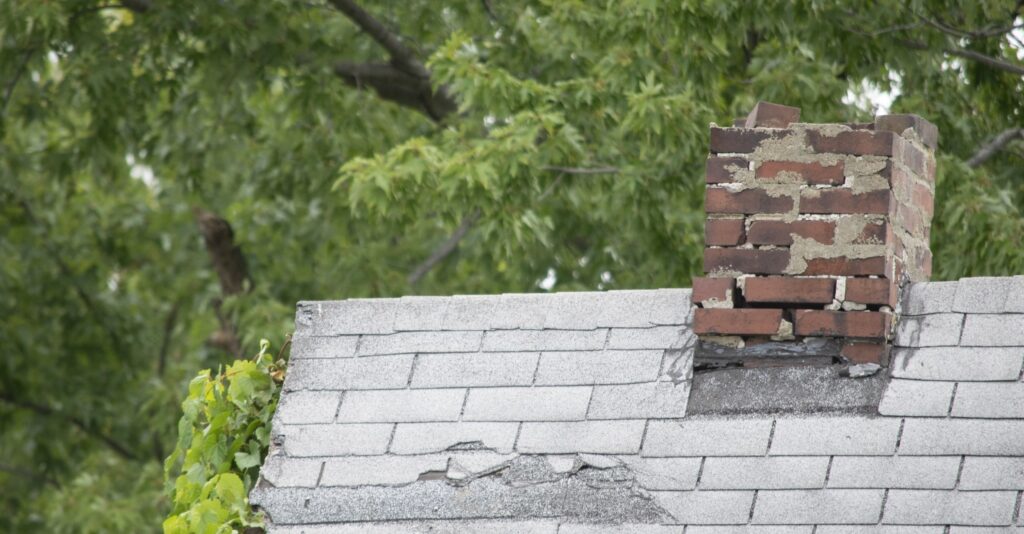According to the National Association of Homebuilders (NAHB), 80% of U.S. homes were built before the adoption of the 2000 International Residential Code (IRC). Meaning many homes have not been properly retrofitted to withstand the increase in natural disasters, like the fires and earthquakes seen in California.
Considering that most Californians live within 30 miles of an active fault, it is especially important to conduct a seismic retrofit of these older homes. A seismic retrofit can lower the risk of severe damage to your home and decrease the probability of injury or even death due to a large quake.
With 2/3 of Americans living paycheck to paycheck, damages and injury caused by earthquakes can be devastating and bring long-lasting financial hardship. According to the California Earthquake Authority (CEA), homeowners can minimize the impact an earthquake can have on your home’s structural integrity, finances, and safety with the following seismic retrofitting projects:
Cripple Wall Bracing
The most common type of seismic retrofit is “Cripple Wall Bracing.” Cripple walls are short wood stud walls that rest on a house’s foundation and provide support between the concrete foundation and the house’s floor. Bracing cripple walls will increase the stability of the house, and generally help minimize overall damage.
Foundation Bolting
Houses that aren’t bolted to their foundation can shift during an earthquake, causing major and costly damages. Foundation bolting requires holes to be drilled through the sill plate on a foundation and anchor bolts are then installed. It is vital that the bolts be properly installed for them to be effective.

Chimney Reinforcing or Strapping
Responsible for the most common damage during large earthquakes, brick chimneys can become lethal projectiles when they fall. Here are some reinforcement options to prevent bricks from falling through the roof during an earthquake:
- Add layers of plywood on the roof around the chimney.
- Replace the upper part of the chimney with metal.
- Add a diagonal steel brace to the chimney.
Retrofitting non-functional chimneys could be as easy as placing a steel tube down the structure and filling it with concrete. Chimneys are still at risk of collapse during an earthquake, even after those improvements.
Reinforcing Masonry Walls
Homeowners with an older home that has poor wall anchorage should consult a certified engineer on the most cost-effective way to strengthen it. A qualified contractor can add new anchorage and continuous ties across the roof. Walls can also be strengthened on the connections between the roof and floor joists.
Soft Story Reinforcement
Soft story homes have first stories that are much less rigid than the stories above and are particularly susceptible to earthquake damage because of large, unreinforced openings on their ground floors, like the garage. Typically built with wood-frames, soft story homes can be improved by installing steel reinforcements or new plywood sheathing on each side of the garage door.
Seismic Gas Valve Installation
FEMA recommends that responsible members of a household should know how to turn off the gas, to prevent dangerous house fires caused by earthquakes of substantial magnitude. Homeowners can also install an automatic gas shut-off valve, known as a seismic gas valve, to stop the flow of gas to your home, decreasing the chances of a fire or explosion caused by broken or damaged gas lines. Consult with your local gas company before doing any work.

Hillside Homes
Homes built on steep hillsides are often set on tall, narrow posts or columns, with or without diagonal bracing. They may have walls that “step down” the hill that are not properly braced to withstand earthquakes. Hillside houses require an engineered retrofit.
Post and Pier Homes
A post-and-pier house is built on wooden posts or concrete piers set into the ground to bear the weight of the house. Post and Pier homes should receive a new continuous-perimeter foundation, with any cripple walls bolted and braced to best withstand the effects of earthquakes.
Seismic Retrofitting Costs
According to the Los Angeles Times, retrofitting a single-family home is considered one of the more affordable improvements available, with prices ranging from $3,000 to $7,000. For those living paycheck to paycheck, it may be tempting to put their seismic retrofit on the backburner, putting their safety at risk and leaving them open to more expensive repairs down the road.

Retrofitting Your Home with PACE
Keeping your family safe and increasing your home’s resiliency from the hazards of an earthquake shouldn’t be reserved for only those that can afford the upfront price tag. The Property Assessed Clean Energy (PACE) financing program helps homeowners in eligible communities to access the funds they need to make their homes safer and more energy efficient.
Approval for PACE financing is not based on a FICO credit score. Instead eligibility is determined by mortgage and property tax payment history, income, and whether the property is located in a participating PACE community, etc. There are no required up front payments, so homeowners finance 100% of their projects with features like:
- Competitive fixed interest rates
- Financing up to $250,000
- Payment terms up to 30-years
- Robust consumer protections
Are you ready to retrofit your home? Give our experts a call at 844-736-3934 or apply today!
Important Disclosures
PACE financing is subject to approval. Underwriting requirements and restrictions apply. PACE financing is secured by a lien on the subject property and often required to be repaid upon refinance or sale. PACE financing is private financing that must be repaid in full. PACE financing is not a government subsidy. Renew Financial Group LLC, a Delaware limited liability company (Renew Financial), is a private company and not a government entity. The installation or construction of property improvements financed with a PACE assessment is provided through an independent third-party home improvement contractor or other third-party provider, and not by Renew Financial or a government entity. Homeowners should perform due diligence before selecting a home improvement contractor or source of financing. Financing provided in California through Department of Financial Innovation and Protection License No. 60DBO-90653.
All content provided on this blog is for informational purposes only. Renew Financial makes no representations as to the accuracy or completeness of any information found by following any link on this site. Renew Financial is not a financial or home improvement advisor and information contained in this post should not be viewed as legal or financial advice.


